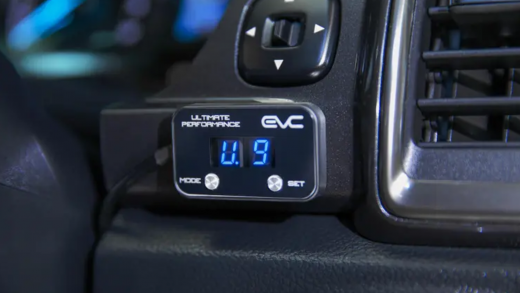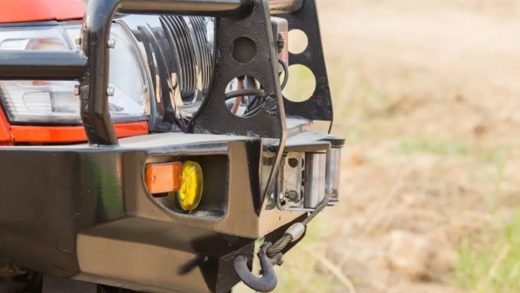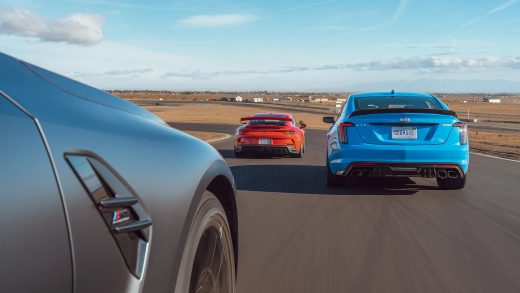Three 4WD Accessories for Your Next Adventure
We all know the drill and we know it well – there is always something to fix on a 4WD vehicle. This is true after you have visited the hinterland, and before you even try to. People who spend their time driving on city roads maybe don’t understand the need to make your ride as comfortable as possible. However, there is a host of parts and accessories 4WD enthusiasts can install to make their machine more lean and mean. Keep in mind that what is considered high performance on a paved street may greatly differ from what you need when three of your wheels are deep in mud.
Throttle Controller
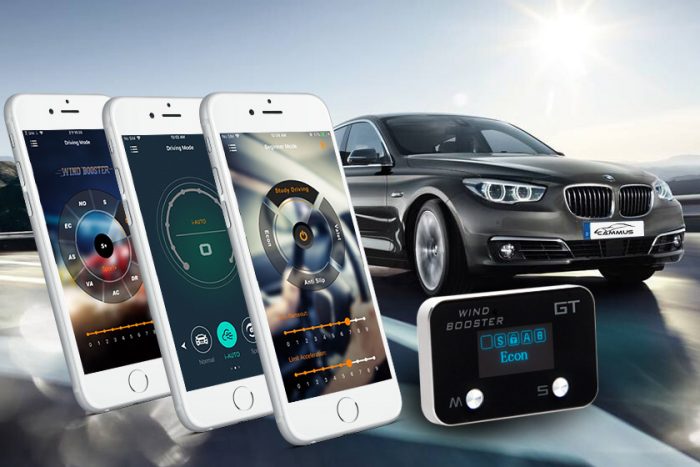
Adding an iDrive throttle module for fast acceleration is one of the most popular aftermarket 4WD accessories out there. It’s the perfect upgrade for people who delay making changes to their vehicles because of the mess that will result from them. Installing a throttle controller is one of the fastest upgrades you can think of as it will take less then 20 minutes. You need to locate the pedal plug, rewire it (by putting the controller in the middle) at the steering column and off you go.
Throttle module controllers serve as a fly-by-wire between the pedal and the engine. Vehicles that come straight from the factory have a buffer that dampens the responsiveness of your engine. Also known as throttle lag, they are put in place so that the vehicle can satisfy legal requirements regarding fuel emissions. Such a shortcut will provide you with a direct means to control the motor. When you press the pedal, the engine will immediately respond. If you are testing the system for the first time, be mindful to do it away from traffic as you will be blown away by the rate of acceleration you’ll immediately get.
Though the horse power remains unchanged, your new throttle module will improve your driving experience beyond doubt. Having such gadget on board will assist you in tackling both technical terrains (like rocks), towing and vehicle recovery as well as getting out of wet and slippery spots.
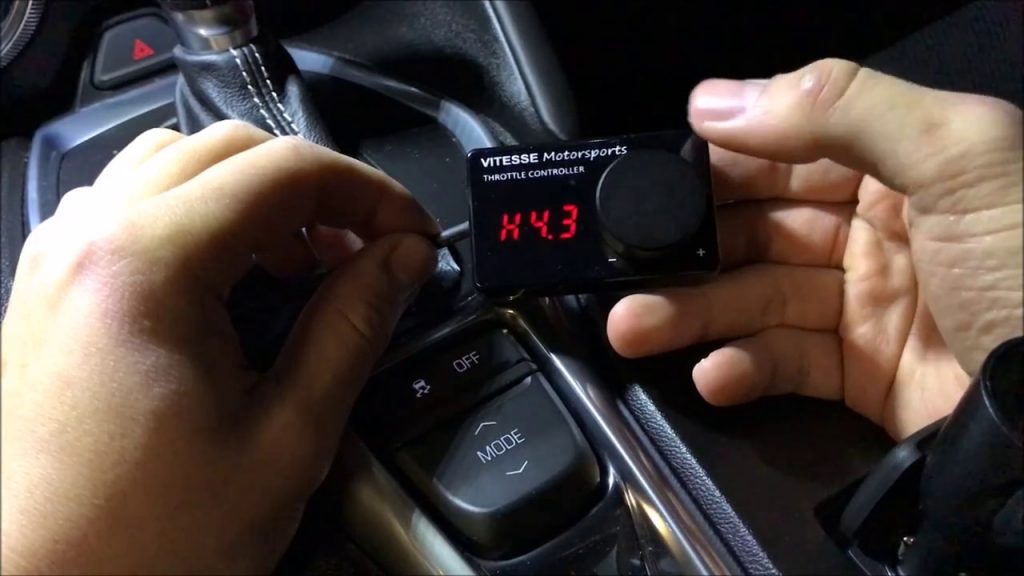
Quality throttle controllers have more than one mode. The ultimate modes allow you to make use of the full potential of the motor, and economy settings are good for driving across town. And when you are expecting to flow in and out of both modes, you can simply set the system to automatic control. This will allow the engine to rev up while overtaking and slow down while waiting at traffic lights.
Gauges
An off road vehicle can greatly benefit from installing dual reading gauges. They are very sought after 4WD accessories, especially among the performance oriented bunch. The build of these things moves along with the other tech. You can get a gauge that will allow you to pre set audible and visible warnings. And this applies to both readouts. The needle response is quick and silent secured with weatherproof connectors. Most of them have auto calibration so you don’t have to spend a lot of time when you open or close them.
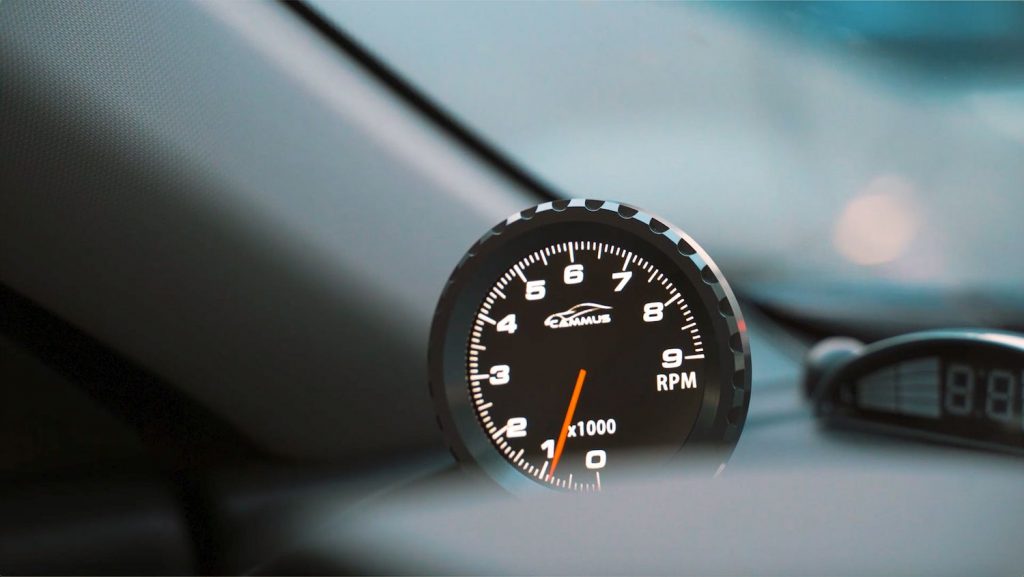
Back-lit interface is the standard and can be connected with link cable for power. This means you can charge more than one gauge from the same source. Manufacturers make these units heavy duty so you can rest assured they will withstand the different elements. The type of gauge you want installed is entirely up to you. There are oil pressure and water, but diesel turbo boost and exhaust temp gauges are also very popular. To cut down on wire clutter, go for gauges that support the SAAS link system.
DC-DC Battery Charger (AKA Mean Mother)
We are talking hard core truck accessories here. The Mean Mother or 20 Amp DC-DC charger is capable of charging lead-acid, gel, AGM and deep cycle batteries (save lithium batteries). It’s what off roaders use to charge batteries, but also portable battery packs and camper (caravan) systems while en route. Power can come via solar panels too. The most distinctive feature of the mean mother is the automation. You set it and it works on its own to charge and maintain your battery.
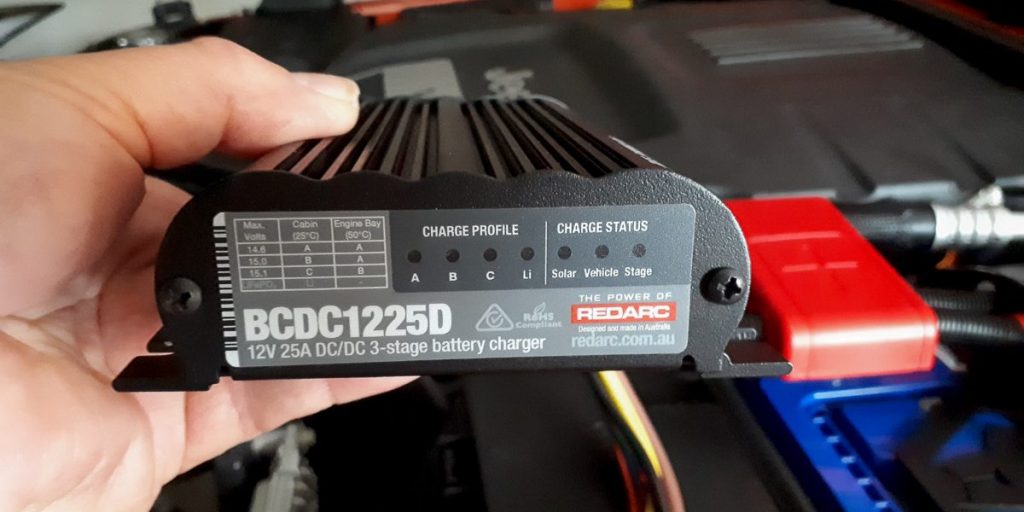
DC-DC chargers are designed with outback use in mind. They are built with short circuit and overcharge protection, reverse polarity protection, thermal overload protection and solar input overload protection. The charging is automatic and multi stage. So, if you used to spend a lot of time monitoring the performance of your solar power system, this is your ticket out. It does all that while you’re enjoying what you actually started your road trip for. And to top it all off, they are enclosed in a heavy duty case (aluminum) and have mounting brackets. The only caveat in this regard is not to mount it under the bonnet. You don’t need to go to a mechanic for this upgrade too, many off road enthusiasts prefer to install it on their own.
In terms of technical specifications, mind the following: DC battery input is in the range from 12.8 to 16.0 Volts and the solar input comes at 13.0 to 27.0 Volts. Output current is 20 Amps for both solar and DC. It maintains charging voltage while the alternator output (or vehicle battery) is between 13.3 to 16.2V. If it falls below this, then it stops charging.


